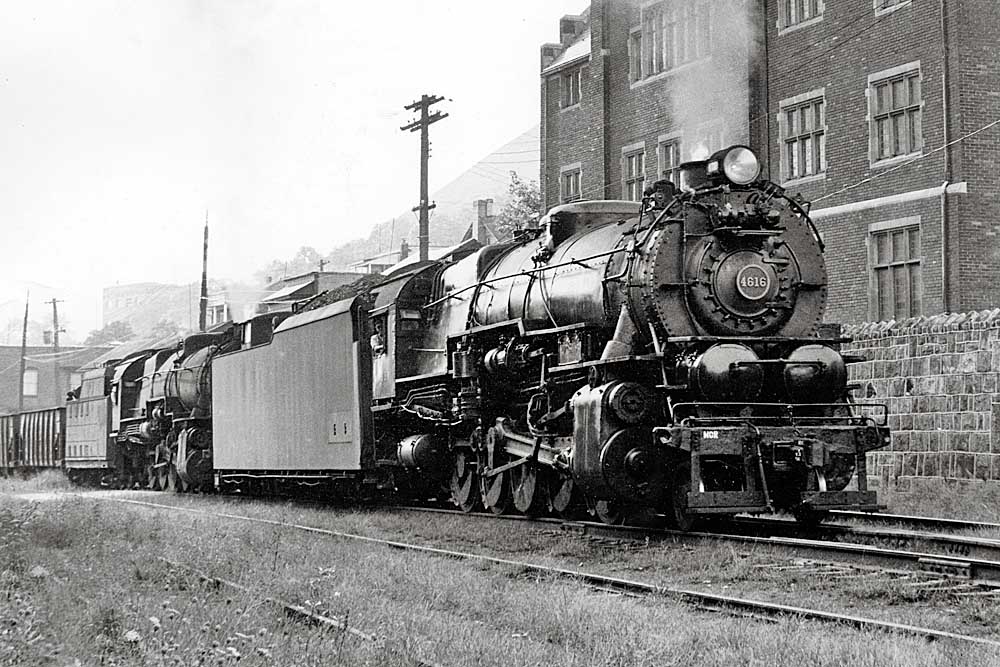
The railroad with the largest 2-10-0 Decapod fleet should come as no surprise. Throughout most of its history, the Pennsylvania Railroad called itself “The Standard Railroad of the World,” and yet in so many ways it was anything but “standard.” From position-light signals along its right-of-way to Belpaire boilers for its steam locomotives to […]
Read More…
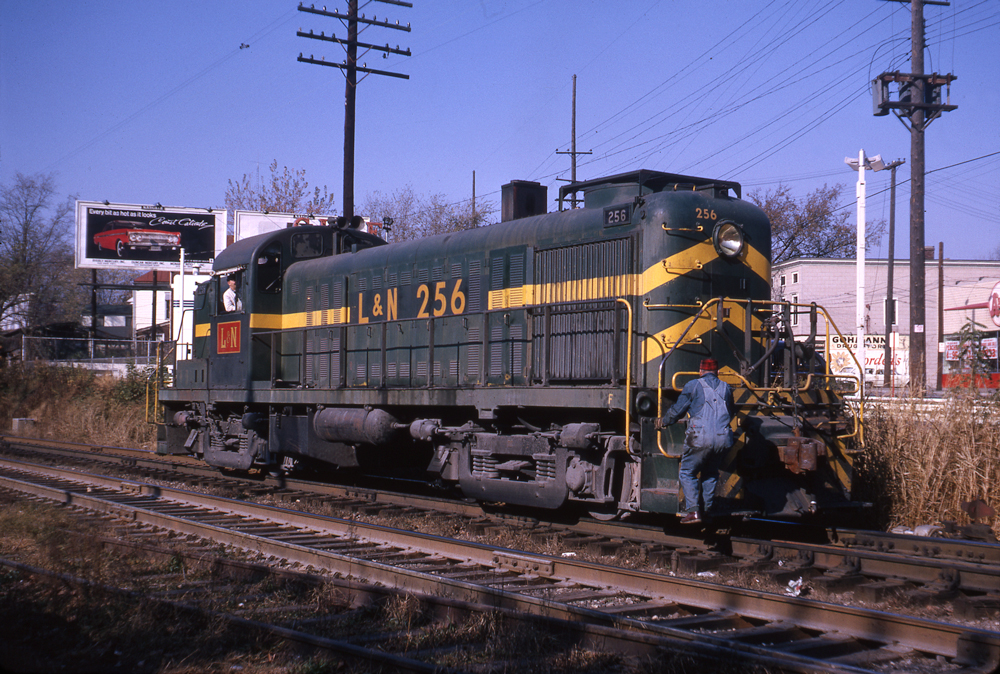
Louisville & Nashville diesel locomotives show a variety that was typical for the era. The railroad’s roster was largely comprised of Alco and EMD models, but the road also sampled Baldwin and GE switchers and later GE road power. In the 1960s, L&N management opted to stick with what it knew, acquiring a number of […]
Read More…
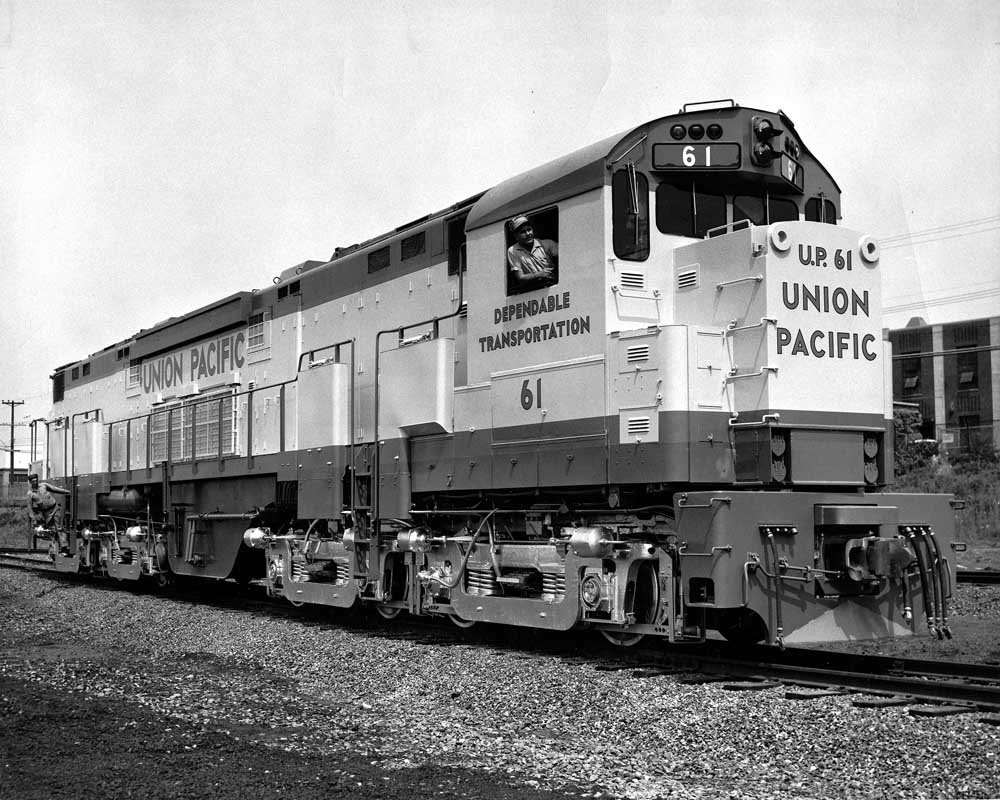
The Alco C855 locomotives is a locomotive that Union Pacific should have never considered purchasing. The railroad’s operating department had always favored big motive power to move its mainline trains; just look at its 4-12-2 Union Pacifics, 4-6-6-4 Challengers, and 4-8-8-4 Big Boys in steam days. That philosophy carried over to a fleet […]
Read More…
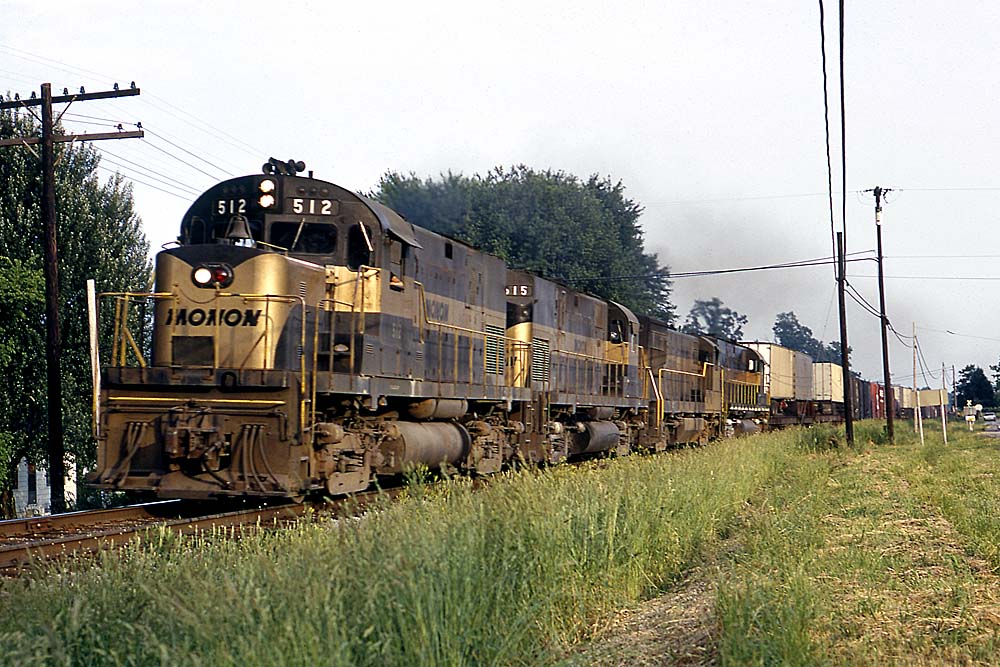
Monon Railroad diesel locomotives showed a variety of models from four builders. The Monon began dieselizing after World War II in 1946. It opted for EMD F3 units for mainline freight and passenger service and with EMD BL2s and Alco RS2s for locals. An A-B-A set of F3s started as EMD demonstrators. The […]
Read More…
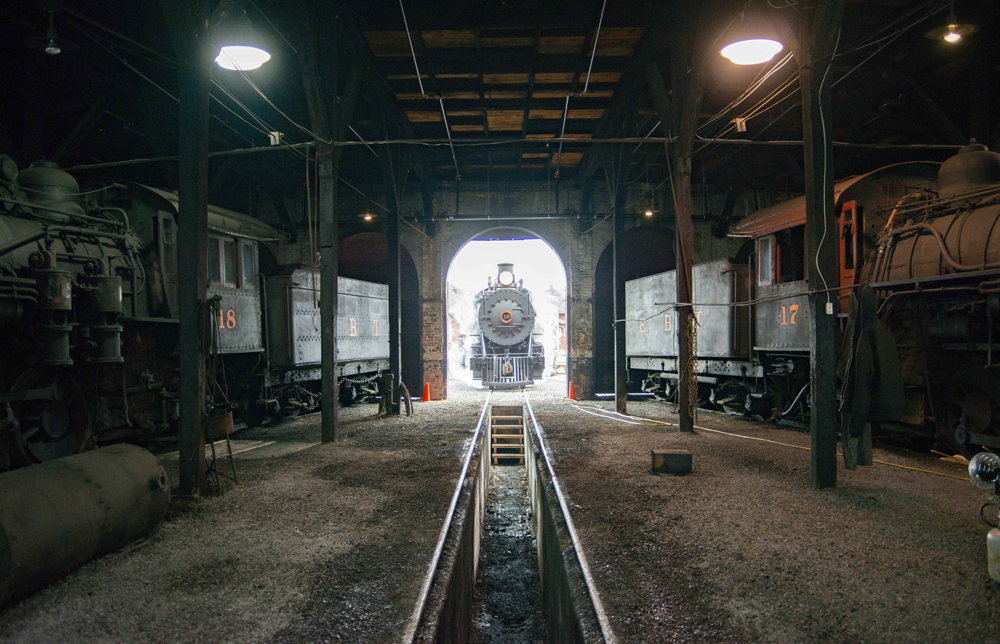
Major 2020s steam locomotive restorations (so far!) will take a look at five locomotives that returned to service in the early part of the decade. Even in these challenging times, the restoration efforts show no signs of slowing down. Check out our list: U.S. Sugar No. 148 Restoration completed in 2020: Built in April 1920 […]
Read More…
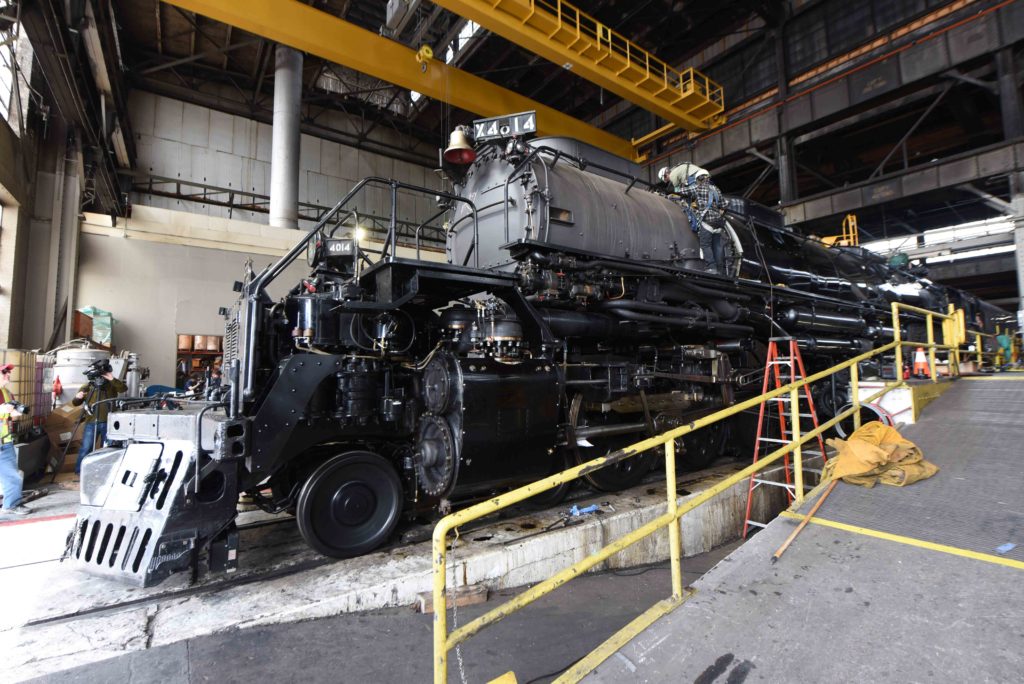
Major 2010s steam locomotive restorations will take a look at five revived locomotives you have to know about. While preserved rail equipment is tweaked and repaired all the time, it is a rare event when a steam locomotive is overhauled and returned to service. Check out our list: Southern Railway No. 4501 Restoration completed in […]
Read More…
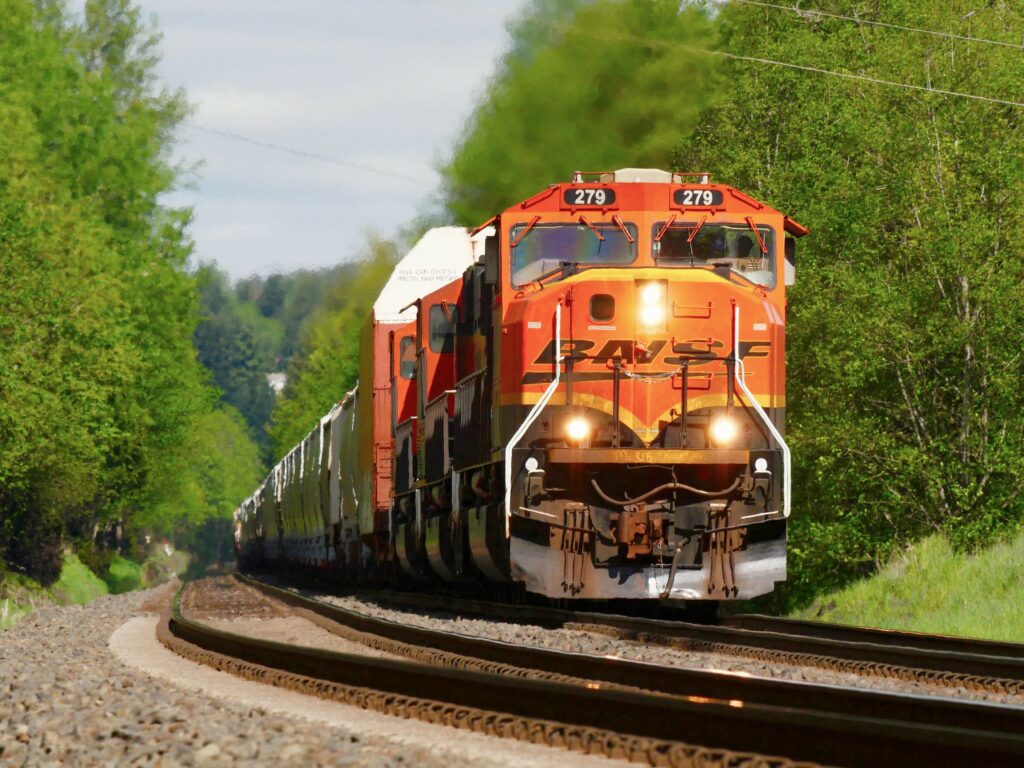
BNSF SD75 locomotives: Working out their days in the Pacific Northwest, nearly two dozen former Santa Fe and BNSF Railway SD75s have called this corner of the country home. They are now assigned some of the heaviest trains in and out of the northwest. The design of the SD75 was in part due to compete […]
Read More…
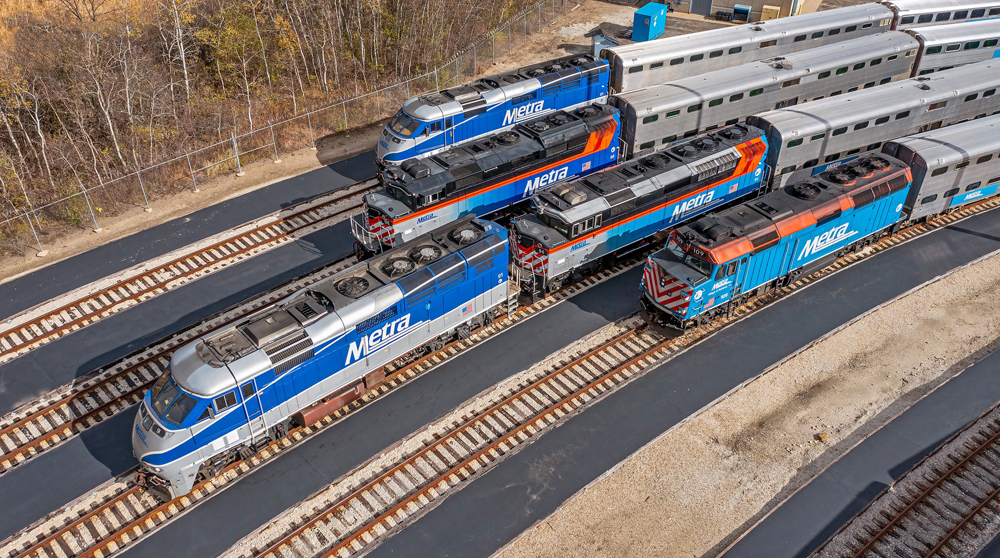
Metra’s colorful locomotive fleet is currently the most brilliant it has ever been. From its original paint scheme to its updated design first used on its MP36 fleet to a host of specially painted units to second-hand patched power. These days it’s a potpourri of colors hauling Chicago-area commuters. Let’s explore Metra’s colorful locomotive fleet. […]
Read More…
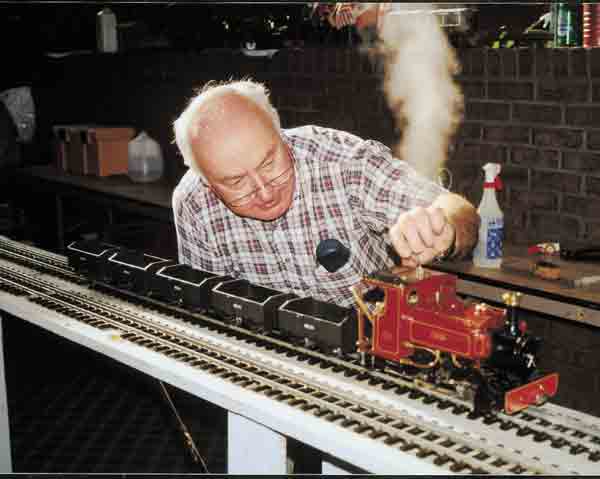
Common questions about live steam locomotives: At model-train shows and garden-railway open houses, live-steam locomotives always seem to gather a crowd of interested onlookers. Our small steam locomotives are new to many people and questions naturally arise. I thought it would be worthwhile to answer some of the most common questions for those of you […]
Read More…
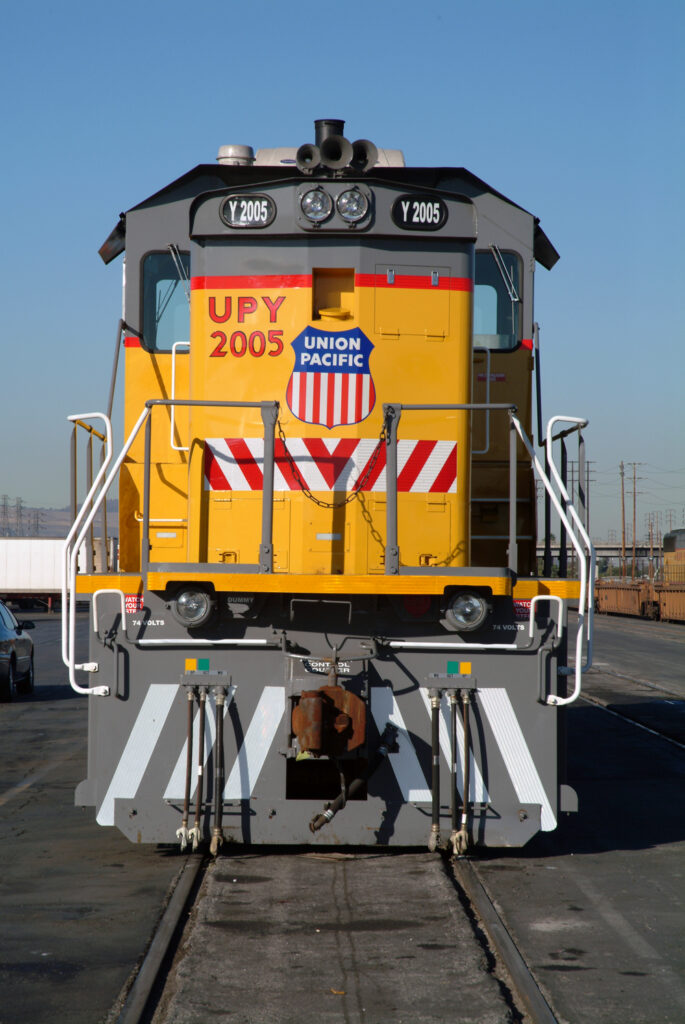
Genset locomotive Everything has an origin. For the modern genset it is Union Pacific UPY 2005. Coming in a variety of designs and sizes, gensets are designed around the concept of “power on demand.” With few exceptions, humming under their long hoods are multiple diesel truck engines — usually two or three. These engines are […]
Read More…

Name: Western Maryland locomotive 1309 Builder: Baldwin Locomotive Works Wheel arrangement: 2-6-6-2 Mallet (Articulated) Build date: November 1949 Why it’s important: The 1309 is one of the largest regularly operating steam locomotives in the United States. The big 2-6-6-2 originally belonged to the Chesapeake & Ohio Railway, where it was one of 10 class H-6 compound articulated […]
Read More…
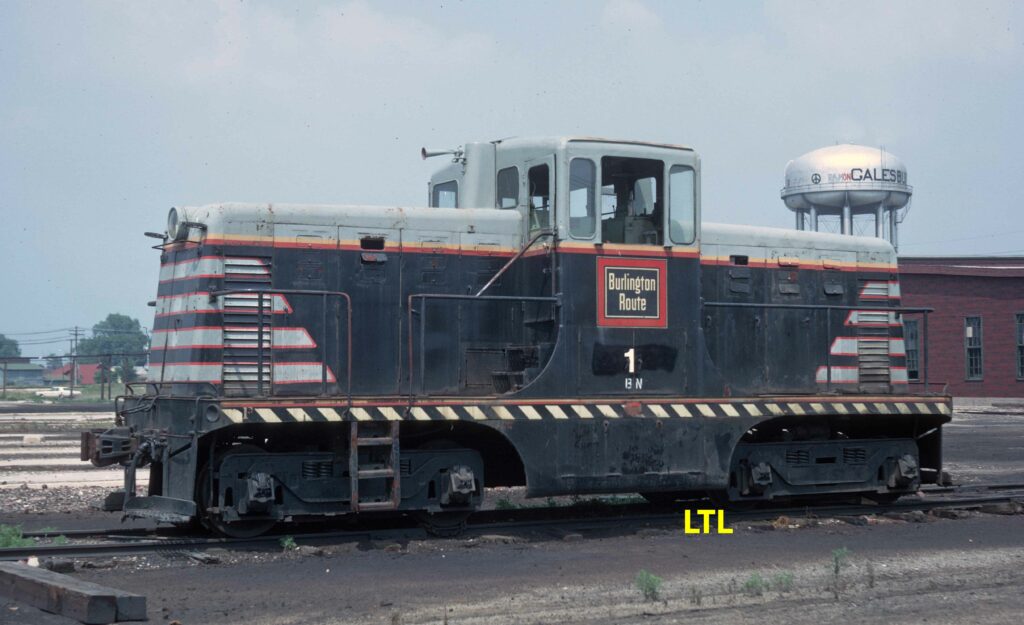
We’re No. 1! Locomotives Number One: We long ago gave up on how railroads number their locomotives. Just as we figure out a particular railroad’s roster system comes along a renumbering, a reclassification of a locomotive class from road to yard duty, or a juggling of order when two companies merge. Many railroads, large and […]
Read More…












